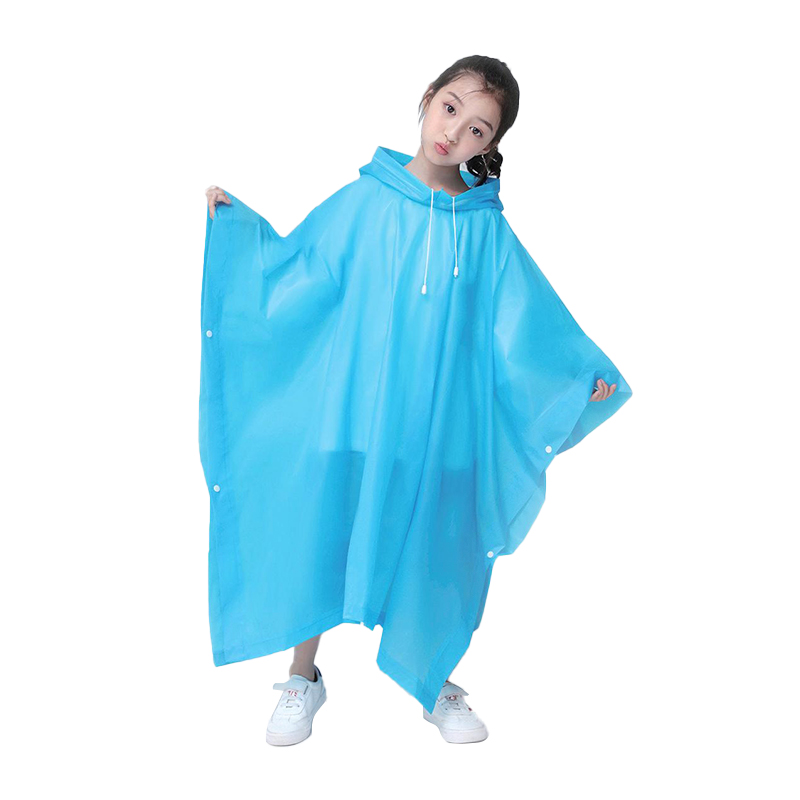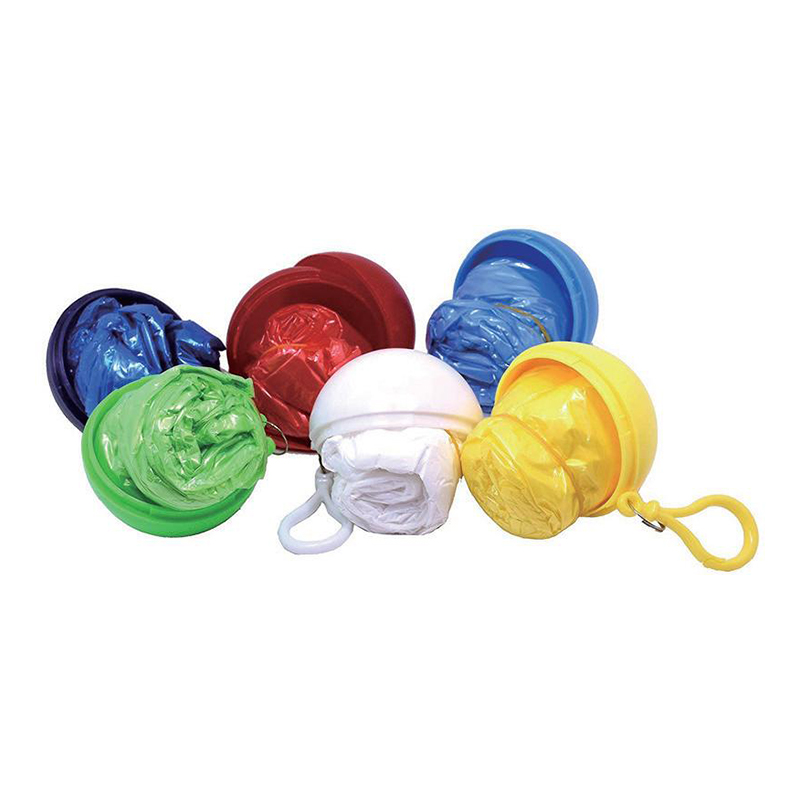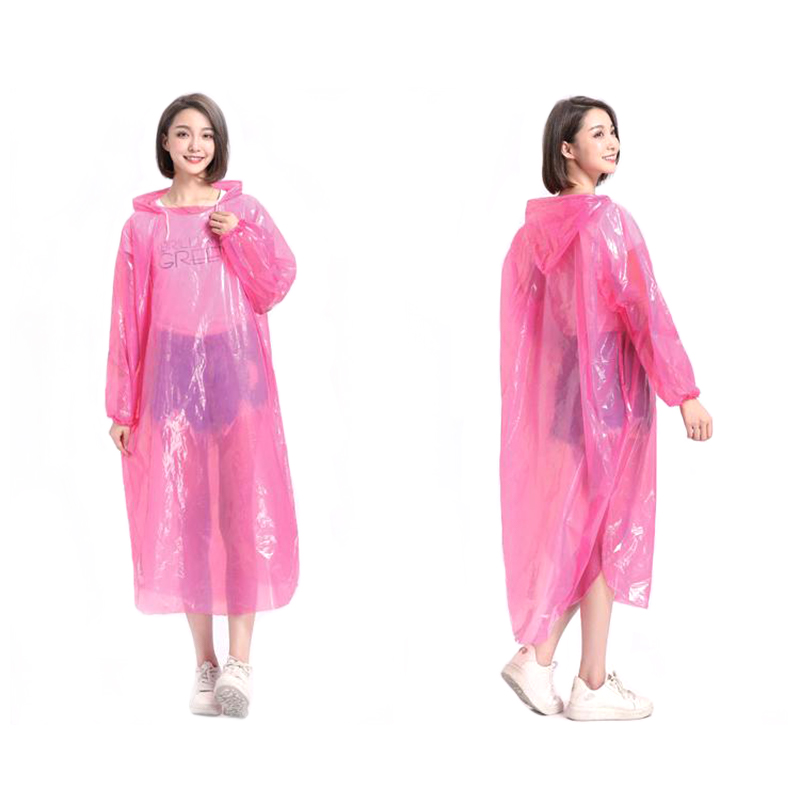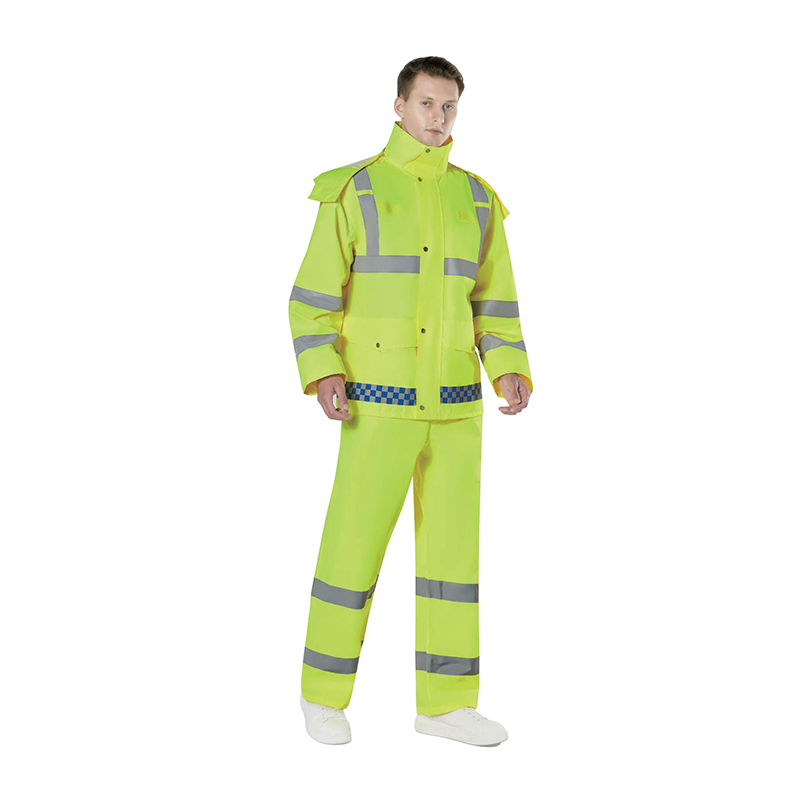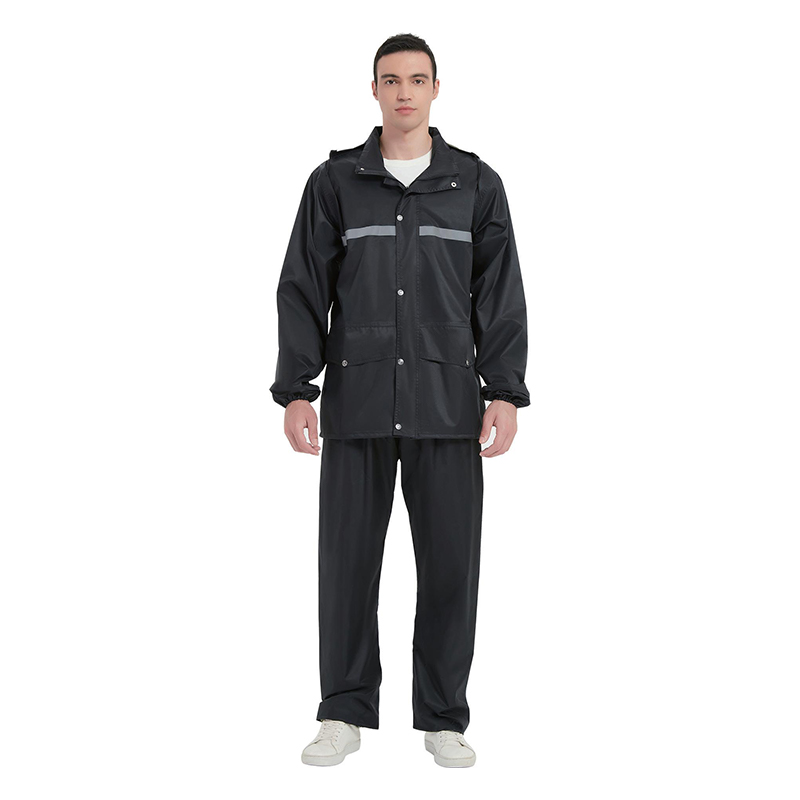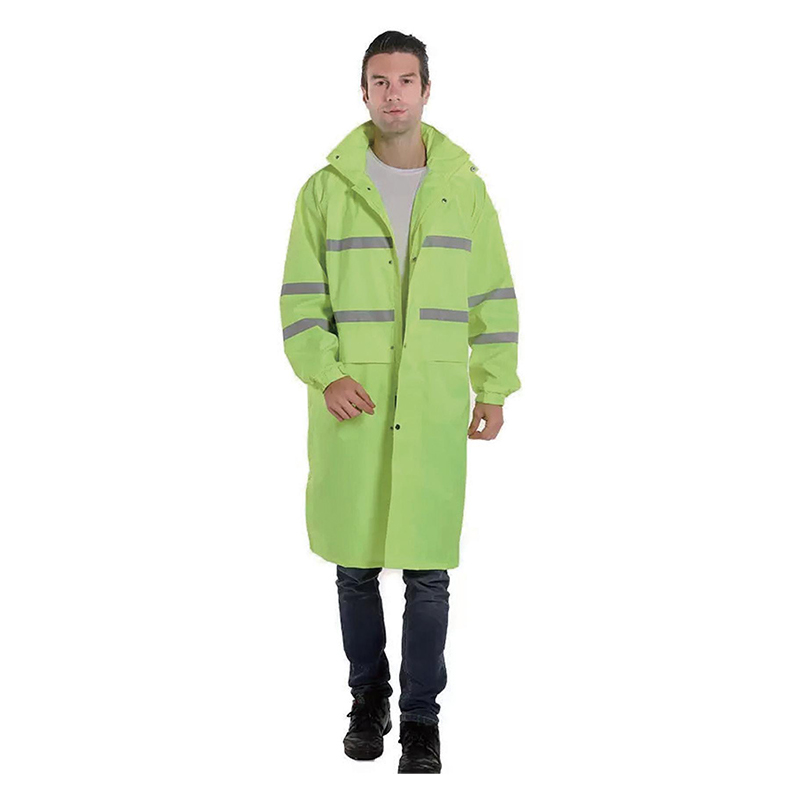In high-risk work environments such as construction zones, roadways, factories, and emergency response settings, worker safety is always a top priority. Whether it's a construction worker near heavy machinery, a road crew member on a highway, or an emergency responder in a disaster zone, ensuring the visibility of workers can significantly reduce the risk of accidents. Reflective safety vests have become a vital piece of personal protective equipment (PPE), specifically designed to protect workers by enhancing their visibility in hazardous conditions.
Content
Why Reflective Safety Vests Are Crucial in High-Risk Work Environments
High-risk work environments, such as construction zones, roadworks, factories, and emergency response settings, present unique challenges when it comes to worker safety. One of the most common causes of injury or fatality in these areas is poor visibility. Workers, often surrounded by heavy machinery, vehicles, and fast-moving equipment, face a significant danger if they are not easily seen by others in the vicinity.
Reflective safety vests have been designed to address this challenge. By combining fluorescent colors and reflective materials, these vests increase the wearer’s visibility to others, particularly in low-light conditions. The result is improved safety, reducing the likelihood of accidents and helping to save lives.
The Role of Visibility in Worker Protection
Visibility is a critical factor in reducing workplace accidents, especially in environments with limited lighting, moving machinery, or high-speed traffic. Poor visibility can lead to serious accidents, such as workers being struck by vehicles, machinery, or falling debris. The ability to see workers from a distance—whether during the day, night, or in challenging weather conditions—is therefore crucial to ensuring their safety.
1. Enhanced Visibility During Low-Light Conditions
Construction zones, roadwork projects, and industrial facilities often require workers to operate in conditions where visibility is limited. For example, night shifts, early morning hours, and even cloudy or rainy weather can make it difficult for workers to be seen by vehicle operators, heavy machinery operators, or other workers. Reflective safety vests help solve this problem by using bright fluorescent colors and reflective strips.
Fluorescent materials, like neon yellow, orange, and green, stand out in daylight, while reflective strips reflect light from headlights, street lamps, or other light sources, making workers visible even at night or in foggy conditions. The vest's ability to reflect light from a distance helps ensure that workers are spotted early enough to avoid accidents.
2. Prevention of Struck-By Accidents
One of the most dangerous types of accidents in high-risk work environments is the struck-by accident, where workers are hit by vehicles or machinery. This type of accident occurs when workers are not visible in time for vehicle or machinery operators to avoid a collision. Reflective safety vests reduce this risk by increasing the visibility of workers, providing a clear visual cue that allows operators to take appropriate action, such as slowing down, stopping, or changing direction.
For example, road crews working in busy, high-speed traffic areas rely on reflective vests to make themselves visible to passing vehicles. If drivers can see workers from a distance, they have more time to slow down or move over to avoid hitting them. Similarly, in a construction zone, workers are constantly in proximity to moving cranes, forklifts, and dump trucks. Wearing reflective safety vests allows these workers to be seen from a greater distance, preventing accidents that could result in injury or death.
3. Safety in Hazardous Weather Conditions
High-risk work environments are often exposed to extreme weather conditions, such as rain, snow, or fog, which further reduce visibility. Reflective safety vests are crucial in such conditions because they maintain visibility even when weather conditions obscure the environment. When workers are surrounded by poor visibility or hazardous conditions, the reflective material on their vests helps ensure they stand out to those around them. This is especially important for roadway workers, construction crews, and emergency responders who are often operating under extreme weather conditions.
The Necessity of Reflective Safety Vests in Various High-Risk Work Environments
Reflective safety vests are essential in a wide variety of high-risk work settings. These environments, by nature, expose workers to hazards that can be life-threatening without the proper protective measures. Here's why reflective vests are crucial in some of the most common high-risk areas:
1. Construction Zones
Construction zones are some of the most dangerous environments for workers, with hazards ranging from falling debris to moving machinery and vehicles. In these settings, the potential for being struck by a vehicle or heavy equipment is a significant risk. Reflective safety vests are required by safety standards in many countries, including OSHA regulations in the U.S., to help workers maintain visibility, particularly in high-traffic construction sites. These vests help workers stand out against the backdrop of machinery, traffic, and other hazards, ensuring they are seen by operators and drivers.
2. Road Work and Traffic Control
Road construction and maintenance workers are often exposed to moving traffic in areas with limited barriers and protection. Reflective safety vests are essential in such settings because they help improve workers’ visibility, making it easier for passing drivers to see them from a distance. When workers are visible, drivers have more time to slow down and avoid potential accidents. This is crucial when workers are working near fast-moving traffic, especially at night or in low-light conditions.
3. Emergency Response Operations
Emergency responders such as firefighters, police officers, and paramedics often work in disaster zones or hazardous environments where visibility is limited. Reflective safety vests are essential in these situations because they ensure responders remain visible not only to each other but also to the public, preventing accidental collisions or misunderstandings. Whether responding to a car crash, fire, or emergency medical situation, reflective vests ensure that emergency personnel can be seen by others, especially in low-visibility situations.
4. Factories and Warehouses
Factories and warehouses can be high-risk environments due to the constant movement of heavy equipment, forklifts, and other vehicles. Reflective safety vests help warehouse workers stay visible while navigating aisles or interacting with machinery. For example, a worker carrying materials through a warehouse might not be easily seen by forklift operators unless they’re wearing a reflective vest. These vests allow machine operators to notice workers from a distance, preventing struck-by accidents and promoting safer movement throughout the facility.
Compliance with Safety Standards and Regulations
Reflective safety vests are not just essential for protecting workers—they are also mandated by safety regulations. In many countries, including the United States, OSHA and other regulatory agencies require the use of high-visibility clothing in specific work environments. In fact, OSHA requires workers exposed to traffic hazards or in close proximity to moving vehicles or heavy equipment to wear high-visibility clothing as part of their personal protective equipment (PPE). Failing to provide reflective safety vests not only puts workers at risk but can also result in legal and financial consequences for the employer.
Additionally, various standards, such as those set by the American National Standards Institute (ANSI), outline the specific types of reflective safety vests required for different job environments, depending on the level of risk. Employers must ensure that their workers comply with these standards to maintain workplace safety.
Technological Advances in Reflective Safety Vests
Reflective safety vests have seen significant improvements over the years, with new materials and technologies making them more effective and comfortable. Modern reflective vests are designed with breathable fabrics, which ensure that workers remain comfortable even during long shifts or in warm conditions. These vests also use durable, high-quality reflective materials, which maintain their visibility over time, even after repeated use.
Some smart vests incorporate LED lights or GPS systems, which further enhance visibility and communication among workers in large, hazardous areas. These innovations help improve both safety and efficiency, making reflective vests an even more powerful tool for worker protection.
